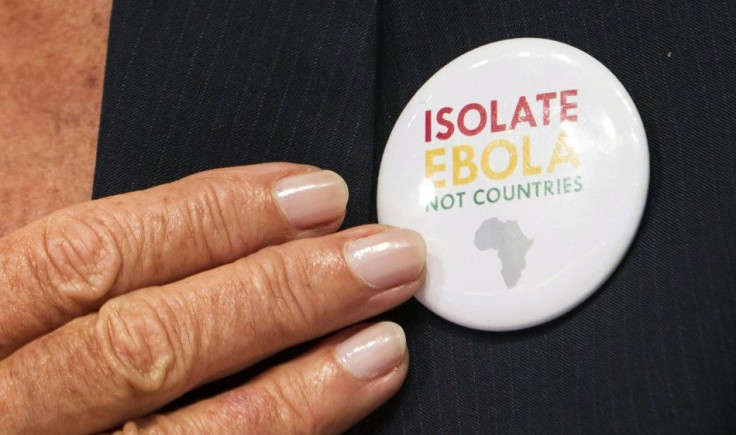You Could Adopt 'Little Moe' The Ultraviolet Light Robot That Can Kill Ebola Surfaces In Just Two Minutes

Vaccinations, drugs or Home remedies, don't bother about those. One technology that can destroy Ebola in just two minutes by fusing its DNA in surfaces, including hospitals, quarantine centers, commercial offices and public schools, is ultraviolet light robot, according to Natural News.
Known as the Xenex Germ-Zapping Robot, the robot was invented by a team of Texas doctors in a company based on San Antonio, according to Natural News. The germ-killing robot is called Little Moe, and developed by Xenex. It flashes surfaces with UV light, which in turn destroys viral DNA. The robot blasts 1.5 pulses per second in every direction, killing the virus, says India Today.
With pulsed xenon-generated UV light, the environment can be cleaned up. Ultraviolet light destroys the RNA that viruses are composed of, killing them immediately. Like most other viruses, Ebola can be reached by UV light. It likes to spread in dark places with no light. Ebola is like a "vampire" virus that eats away human blood but not in sunlight. The Xenex robot destroys Ebola on places in just two minutes, with a definite UV light wavelength at concentrations that are 25,000 times more than natural sunlight. No chemicals are needed. The Xenex unit generates UV light using xenon, a noble gas, rather than toxic mercury. This is the cleanest green technology that can be used.
Most disinfection methods in hospitals are harsh and toxic chemicals could even leave side-effects on hospital patients and staff. But UV light from the Xenes robot leaves no chemical residue and does not need a chemical manufacturing plant. It is just "light medicine" that disinfects with some frequencies of light.
The machine is being used in 250 hospitals across the US, including the Dallas hospital, where doctors are treating the first US patient. Even at airports, train stations and anywhere people are walking through TSA scanners, surface contact of viruses would be destroyed, which would prevent it from spreading. You could eliminate the use of sprays and consumable items, says abovetopsecret.
Ebola, however, is actually easier to kill than other infectious diseases such as superbugs that mutate and become immune to disinfection. It takes just 120 seconds minutes for the robot to destroy Ebola on a surface, while other viruses can be eradicated in five minutes, according to Mail Online.
Costing $100,000, a xenex unit could be called cheap because it prevents expensive infections, disinfects a typical hospital room in 10 minutes, and can be sold with an organization and scheduling software that permits hospital staff to track down the rooms that need to be treated.




















